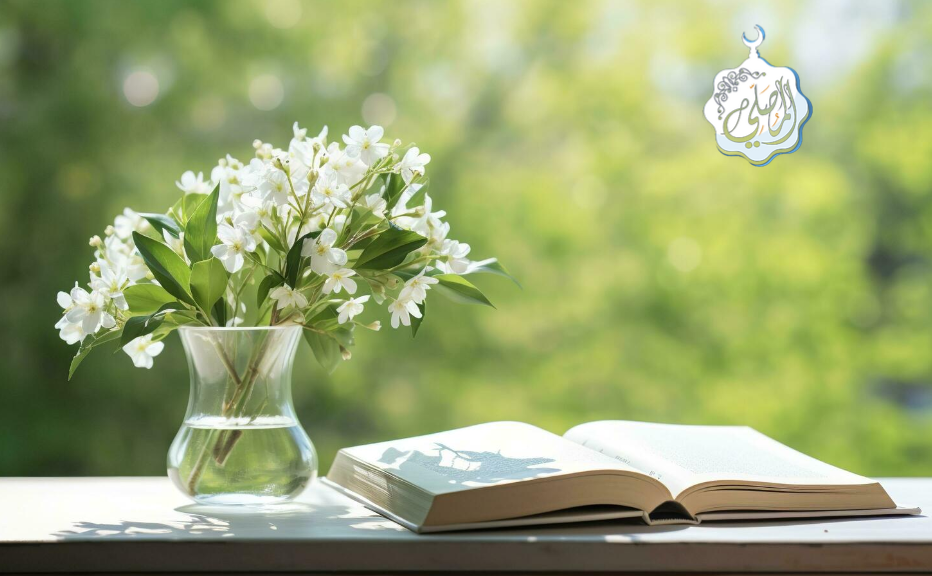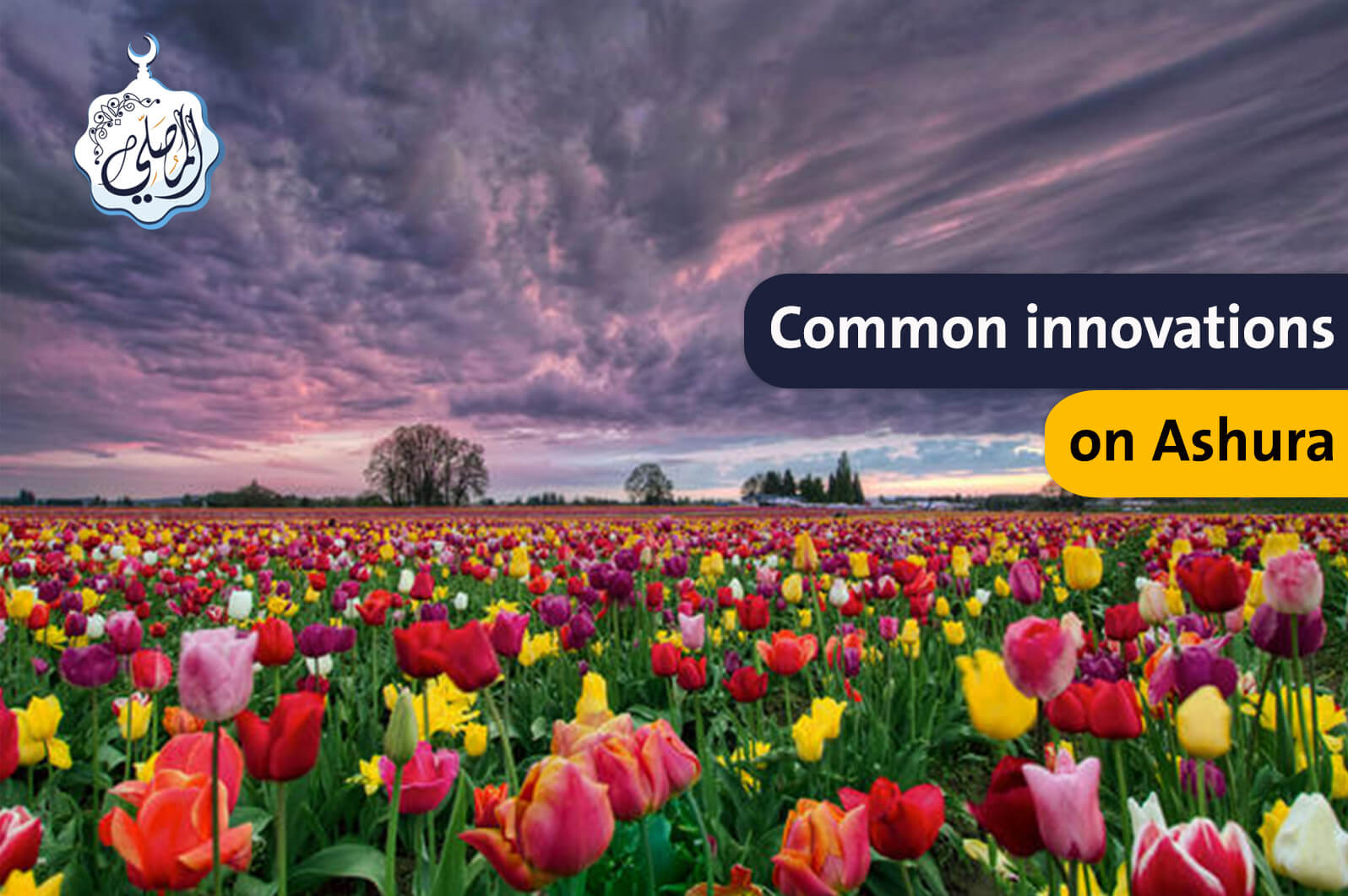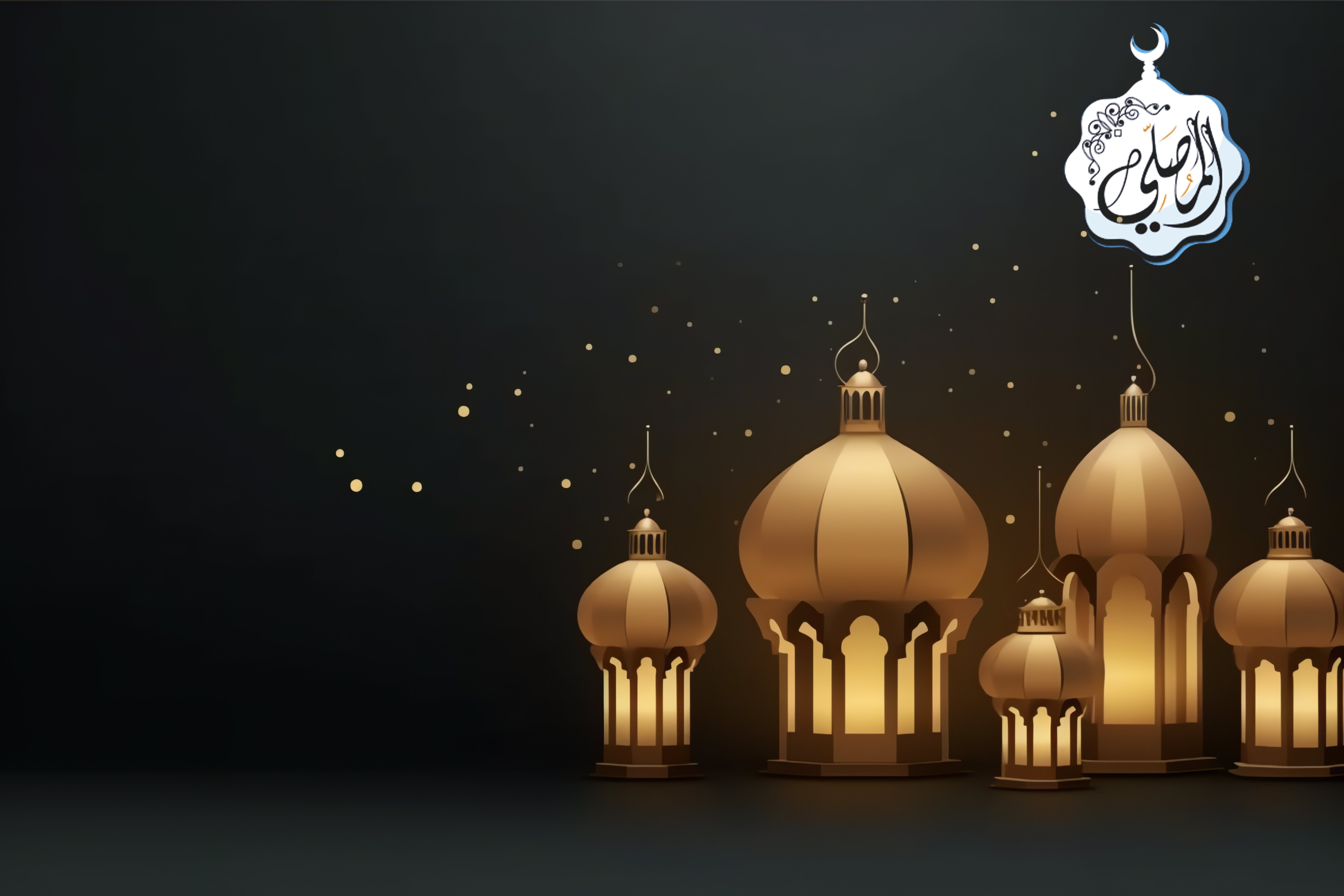
In the tapestry of Islamic virtues, modesty, or Hayaa, stands out as a thread that weaves through every aspect of a believer's life. This concept, far from being a simple matter of dress code, encompasses a comprehensive approach to behavior, speech, and inner thoughts for both men and women. Let us explore the depth and breadth of Hayaa in Islam, understanding its significance and application in contemporary life.
Understanding Hayaa
Hayaa, often translated as modesty or shyness, is more accurately described as a sense of shame in committing actions that are displeasing to Allah. The Prophet Muhammad (peace be upon him) said, "Every religion has a distinctive feature, and the distinctive feature of Islam is modesty" (Ibn Majah). This hadith underscores the central role of Hayaa in Islamic ethics.
Dimensions of Hayaa
Physical Modesty:
For women: Covering the body except for the face and hands, wearing loose and non-transparent clothing.
For men: Covering from the navel to the knees at minimum, and dressing modestly overall.
Behavioral Modesty:
Lowering the gaze and avoiding unnecessary mixing between genders.
Speaking with decorum and avoiding vulgarity or excessive laughter.
Inner Modesty:
Cultivating humility and avoiding arrogance.
Being mindful of one's thoughts and intentions.
Digital Modesty:
Maintaining Islamic ethics in online interactions and social media use.
Hayaa for Men
Contrary to common misconceptions, Hayaa is equally important for men in Islam. It manifests in:
Dressing modestly and avoiding tight or revealing clothing.
Respecting women and avoiding objectification.
Controlling anger and displaying gentleness.
Being humble in success and patient in adversity.
Hayaa for Women
For women, Hayaa extends beyond the hijab:
Conducting oneself with dignity in public and private.
Speaking with self-respect and avoiding flirtatiousness.
Balancing assertion of rights with modesty in behavior.
Finding strength in modesty rather than viewing it as a limitation.
The Spiritual Dimension
Hayaa is intrinsically linked to faith. The Prophet (peace be upon him) said, "Faith and Hayaa are companions. When one is lifted, the other is also lifted" (Al-Hakim). This connection highlights how modesty enhances spiritual growth and closeness to Allah.
Challenges in Modern Times
In an era of social media and global connectivity, maintaining Hayaa can be challenging:
Pressure to conform to immodest fashion trends.
The normalization of mixed-gender interactions in professional settings.
The ease of anonymous and potentially inappropriate online communication.
Balancing Hayaa and Self-Expression
Islam encourages a balance between modesty and self-expression:
Pursuing education and career goals while maintaining Islamic ethics.
Engaging in sports and physical activities within the bounds of modesty.
Expressing creativity through art, writing, or other mediums while upholding Islamic values.
Teaching Hayaa to the Next Generation
Parents and educators play a crucial role in instilling Hayaa:
Leading by example in dress and behavior.
Explaining the wisdom behind Islamic modesty rather than enforcing it blindly.
Encouraging critical thinking about media influences and societal pressures.
Conclusion
Hayaa in Islam is a comprehensive concept that goes beyond outward appearance. It is a state of mind, a way of life that brings dignity, self-respect, and spiritual elevation. By embracing Hayaa, both men and women can navigate the complexities of modern life while staying true to their Islamic values. In a world often characterized by excess and immodesty, the Islamic concept of Hayaa offers a refreshing alternative – a path to grace, dignity, and spiritual fulfillment.
May Allah guide us all to embody the beauty of Hayaa in our lives, elevating our character and drawing us closer to Him. Ameen.










 share facebook
share facebook share whatsApp
share whatsApp share twitter
share twitter share telegram
share telegram copy
copy







